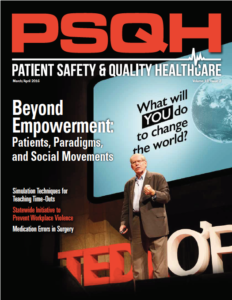 Revised March 12, adding Hacking’s “structure” passage.
Revised March 12, adding Hacking’s “structure” passage.
This is #2 in a new series “Proposing a new science of patient engagement,” using the landmark 1962 book The Structure of Scientific Revolutions by Thomas Kuhn as its framework. If you haven’t read the first entry, please do, including its dozens of comments, which have links to valuable ideas and resources.
_________
In an upcoming post I’ll lay out briefly why it seems this project is needed. I say “seems” intentionally; this must be a shared exploration. As I said in #1,
My goal is … to have science move forward methodically in its thinking. Maybe we need a new science – a new way of understanding what needs to be measured and optimized – or maybe we don’t. I just ask that we examine the evidence together.
This post will lay out, briefly, the stages Structure describes for the progression of science. I’m doing this first because that framework provides the context for my assertion that we have a problem – a scientific problem in the field of medicine – that may require formally (and rigorously) changing our conception of who is capable of what in the patient-clinician relationship.
As you’ll see, a shared conception of how things work is exactly what a paradigm involves.
Kuhn’s view of the progression of a science
From Ian Hacking’s widely praised introduction to the 50th anniversary edition of Structure:
Structure and revolution are rightly put up front in the book’s title. Kuhn thought not only that there are scientific revolutions but also that they have a structure. …
Here is the sequence: (1) normal science…; (2) puzzle-solving; (3) paradigm…; (4) anomaly… (5) crisis and (6) revolution, establishing a new paradigm.
Going a bit deeper on some of Kuhn’s core concepts:
[Read more…]






